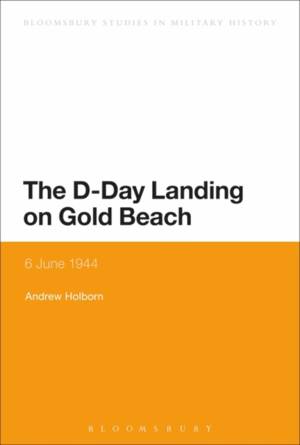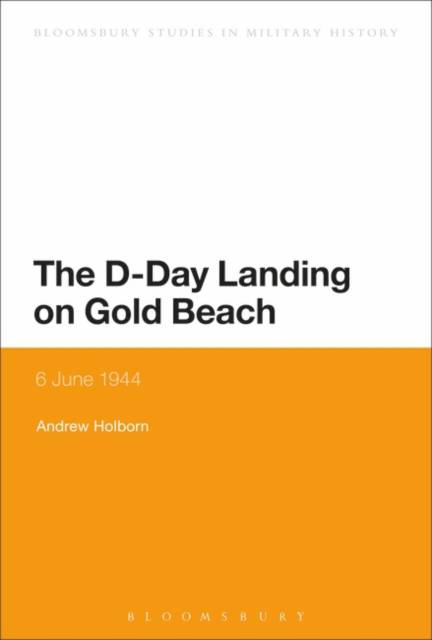
- Afhalen na 1 uur in een winkel met voorraad
- Gratis thuislevering in België vanaf € 30
- Ruim aanbod met 7 miljoen producten
- Afhalen na 1 uur in een winkel met voorraad
- Gratis thuislevering in België vanaf € 30
- Ruim aanbod met 7 miljoen producten
Zoeken
Omschrijving
The Normandy landings of 6 June 1944, across five sectors of the French coast - Utah, Omaha, Gold, Juno and Sword - constituted the largest amphibious invasion in history. This study analyses in depth the preparations and implementation of the D-Day landing on Gold Beach by XXX Corps. Historians have tended to dismiss the landing on Gold Beach as straightforward but the evidence points to a different reality. Armour supported the infantry landing and prior bombing was intended to weaken German defences; however, the bulk of the bombing landed too far inland, and many craft foundered in difficult conditions at sea. It was the tenacity of the assault units and the flexibility of the follow up units which enabled the Gold landing to secure the right flank of the British Army in Normandy. Using detailed primary evidence from The National Archives and the Imperial War Museum, this volume provides a substantial assessment of the background to the landing on Gold, and analyses the events of D-Day in the wider context of the Normandy Campaign.
Specificaties
Betrokkenen
- Auteur(s):
- Uitgeverij:
Inhoud
- Aantal bladzijden:
- 264
- Taal:
- Engels
- Reeks:
Eigenschappen
- Productcode (EAN):
- 9781441183286
- Verschijningsdatum:
- 24/09/2015
- Uitvoering:
- Hardcover
- Formaat:
- Genaaid
- Afmetingen:
- 156 mm x 234 mm
- Gewicht:
- 539 g

Alleen bij Standaard Boekhandel
+ 593 punten op je klantenkaart van Standaard Boekhandel
Beoordelingen
We publiceren alleen reviews die voldoen aan de voorwaarden voor reviews. Bekijk onze voorwaarden voor reviews.











